|
- Home
- Work Parties
- Events
- Newsletters
- Meetings
- Funds
- News & Views
- Contact
- Young Friends
- Nature in the City
- Friends' Friends
- Video Project
- Photo Survey
- LNR
- The Field
- The Woods
- Management Plan
- Wildlife
- Geology
- History
- Memories
- Old Photographs
- Visitors Photos
- Information

© Marbled white
by Abi Stubbs
|

|
|
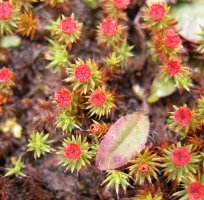 The pennant sandstone underlying Troopers Hill has resulted in acid soils, which are rare in Bristol. This has encouraged a wealth of plants to flourish, that are found nowhere else in the City. You can also see and hear many different birds and if you are very lucky, especially early in the morning, you might even see deer. However, the most important residents of the site are the many small invertebrates who live in the grassland and heathland; some of these are not only unique to Bristol but rare in a national context. The pennant sandstone underlying Troopers Hill has resulted in acid soils, which are rare in Bristol. This has encouraged a wealth of plants to flourish, that are found nowhere else in the City. You can also see and hear many different birds and if you are very lucky, especially early in the morning, you might even see deer. However, the most important residents of the site are the many small invertebrates who live in the grassland and heathland; some of these are not only unique to Bristol but rare in a national context.
This page gives a brief description of some of the wildlife you might find, but the best way to see it is to visit the hill for yourself. When you do visit take time to look closely at even the smallest plants, some of the most beautiful often go unnoticed; as shown by Nick's amazing photo of the moss Bristly Haircap
'Polytrichum piliferum' (click on the photo to enlarge and see the full detail). Nick has also found a large Polytrichum moss, for which Troopers Hill is the only known site in Bristol, you can read his report here. Nick notes in his report that certain invasive species threaten the future survival of the moss, you can help us remove these by joining us at our regular Work Parties.
More detail about how the site is being managed to protect this unique habitat can be found Management Plan for the site. Results of more recent monitoring of moths and other invertebrates can be seen here together with photographs of some of the moths found taken on other sites. A full list of wildlife surveys is on our Hill Information page.
|
Invertebrates
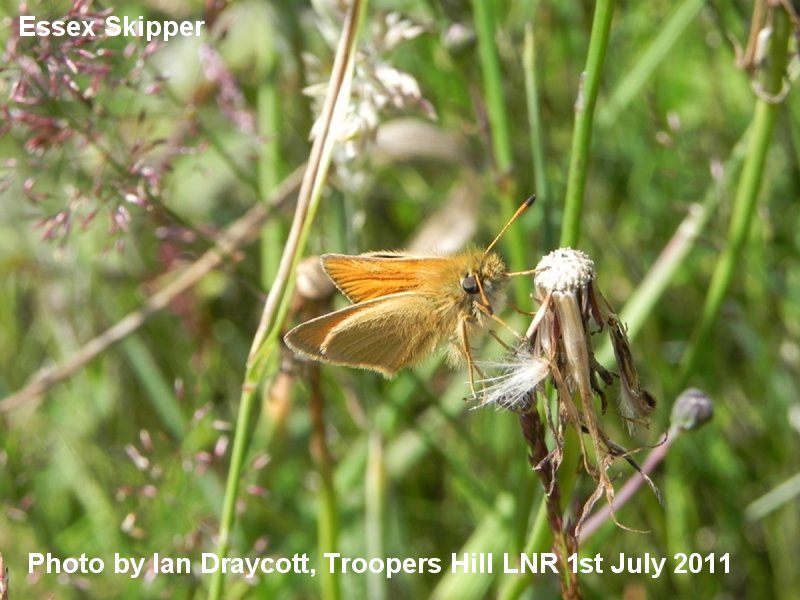 Troopers Hill is alive with butterflies in the spring and summer. Common blues, holly blues, small coppers, marbled white and the beautiful brimstone are all regularly seen. An Essex Skipper was seen in July 2011. The grassland is home to thousands of crickets and grasshoppers that can be heard as well as seen. Troopers Hill is alive with butterflies in the spring and summer. Common blues, holly blues, small coppers, marbled white and the beautiful brimstone are all regularly seen. An Essex Skipper was seen in July 2011. The grassland is home to thousands of crickets and grasshoppers that can be heard as well as seen.
In addition to butterflies there are many smaller less noticeable invertebrates on Troopers Hill and for many of these it is the most important site of its type in the Bristol region. There are a large number local rarities and an endangered species, the mining bee, Nomada Guttulata was found in 2000. This and other more common mining bees nest in the areas of erosion on the hill making these areas of bare ground one of the most important habitats on the site.
Photos of Mining Bees on Troopers Hill >>
Evening Post Article - The Bees of Troopers Hill Aug 2011 >>
|
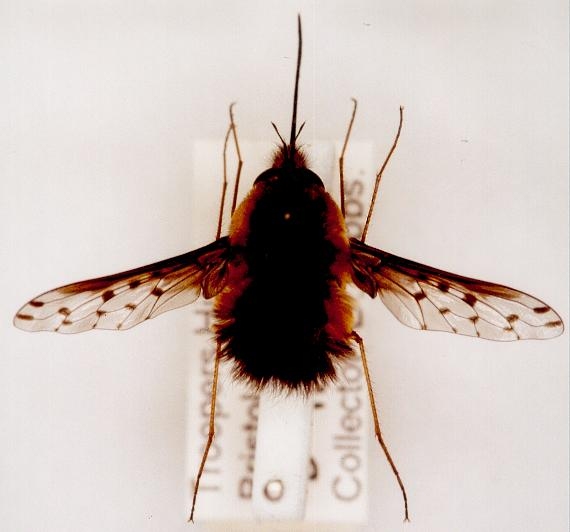
|
The importance of the site for invertebrates has been confirmed by a series of surveys carried out by local expert David Gibbs, and other local naturalists. Just four visits in 2007 yielded 262 species of which 30 are considered to be of conservation significance and 6 have Red Data Book (RDB) or equivalent status. RDB status means that the invertebrates are considered to be rare in this country.
Results of recent monitoring >>
 Chart showing butterflies seen on Troopers Hill and when you are likely to see them. Chart showing butterflies seen on Troopers Hill and when you are likely to see them.
|
Heathland & Grassland
Ling and bell heather, more commonly found in places like Exmoor and Dartmoor, thrive on the acid soils on Troopers Hill. Look out for their purple flowers in late summer.
The grassland on Troopers Hill is unique to Bristol. Only plants that tolerate the acid soils survive. Look out for heath bedstraw and sheeps sorrel. There are also many different kinds of grasses and flowering plants such as mouse-ear hawkweed. The grassland is also home to three different types of grasshopper including the mottled grasshopper which is rare in the city.
|
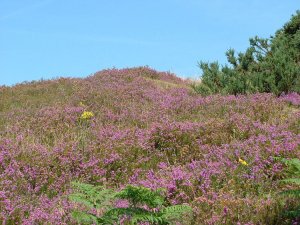
|
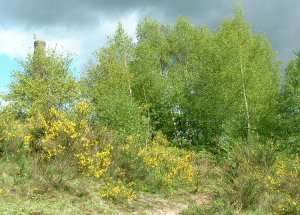
|
Woodland and Scrub
The lower slopes and richer soils on Troopers Hill are covered in scrubby areas and woodland. Trees and shrubs present include hawthorn, silver birch, oak, apple, broom and gorse.
The broom (for which Troopers Hill is the best site in the city) and gorse are easily recognised by their attractive yellow flowers. The scrub is home to many small birds and mamals and notably the dark-bush cricket. There is also a lot of bramble which, while providing valuable wildlife habitat (and blackberries for local residents), needs control to stop it overwelming other species such as the broom.
|
|

|
|

